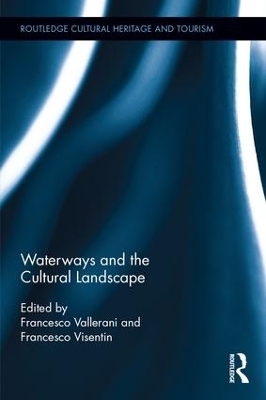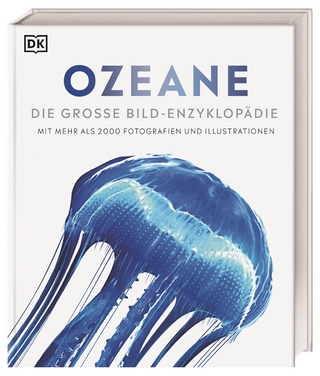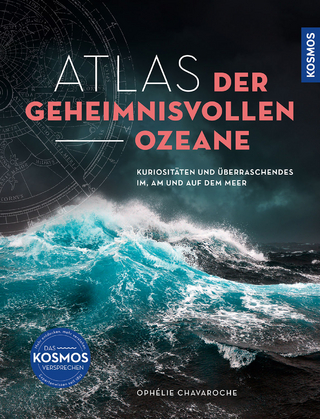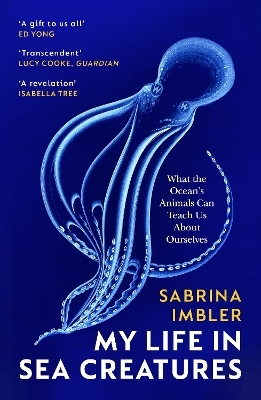
Waterways and the Cultural Landscape
Routledge (Verlag)
978-1-138-22604-3 (ISBN)
This book explores the role of waterways as a form of heritage, culture and sense of place and the potential of this to underpin the development of cultural tourism. With a multidisciplinary approach across the social sciences and humanities, chapters explore how the control and management of water flows are among some of the most significant human activities to transform the natural environment. Based upon a wealth and breadth of European case studies, the book uncovers the complex relationships we have with waterways, the ways that they have been represented over recent centuries and the ways in which they continue to be redefined in different cultural contexts. Contributions recognise not only valuable assets of hydrology that are at the core of landscape management, but also more intangible aspects that matter to people, such as their familiarity, affecting what is understood as the fluvial sense of place.
This highly original collection will be of interest to those working in cultural tourism, cultural geography, heritage studies, cultural history, landscape studies and leisure studies.
Francesco Vallerani is professor of geography at the University Ca’ Foscari of Venice, Italy. His main fields of expertise are human and cultural geography, landscape evolution and heritage, with special focuses on waterscapes and water-based sustainable tourism in both European and South American countries. Francesco Visentin is a human geographer with research interests in sustainable tourism and cultural history. His research focuses on water and rural landscapes changes especially in Italy, Spain and England. He is currently a fellow research at the Ca’ Foscari University of Venice, Italy, involved in some projects concerning cultural heritage tourism.
Introduction: Flowing consciousness and the becoming of waterscapes Part 1: Cultural Visions 1. On the waterfront 2. Towards homogeneous waterfronts? Historical woodworking waterfronts in transition 3. Salmonscapes and shipyards: Versions of heritage on the River Tyne 4. "A Sign of good Neighborliness": Images of the Saimaa Canal in the Soviet Union 5. Women's labor and cultural heritage: Laundries, collective memory and the Canal du Midi 6. Contested subterranean waterscapes: lead mining soughs disputes in Derbyshire’s Derwent Valley 7. The rock behind the lagoon: the Dolomites in the iconography of Venice 8. Going along the liquid chronotope: the Po Delta waterscape through Gianni Celati’s narration Part 2: Touristic perspectives 9. Canals: an old form of transport transformed into a new form of heritage tourism experience 10. Recreational countryside and the riverscape aesthetic: Northwest Croatian hydrography as a sustainable tourism destination 11. Experiencing historic waterways and water landscapes of the Vistula river Delta 12. Tourism and Scotland’s canals: a 21st Century transformation 13. New possibilities for tourism on the banks of the Manzanares river in Madrid 14. The Fonséranes lock on the Canal du Midi: Representation, reality and renovation of a heritage site 15. Digital applications and river heritage: The inherited landscape of Venice’s historic waterways 16. Conclusion: Toward a humanistic hydrology
| Erscheinungsdatum | 14.09.2017 |
|---|---|
| Reihe/Serie | Routledge Cultural Heritage and Tourism Series |
| Zusatzinfo | 3 Tables, black and white; 5 Line drawings, black and white; 29 Halftones, black and white; 34 Illustrations, black and white |
| Verlagsort | London |
| Sprache | englisch |
| Maße | 156 x 234 mm |
| Gewicht | 453 g |
| Themenwelt | Naturwissenschaften ► Geowissenschaften ► Hydrologie / Ozeanografie |
| Wirtschaft | |
| ISBN-10 | 1-138-22604-1 / 1138226041 |
| ISBN-13 | 978-1-138-22604-3 / 9781138226043 |
| Zustand | Neuware |
| Informationen gemäß Produktsicherheitsverordnung (GPSR) | |
| Haben Sie eine Frage zum Produkt? |
aus dem Bereich


